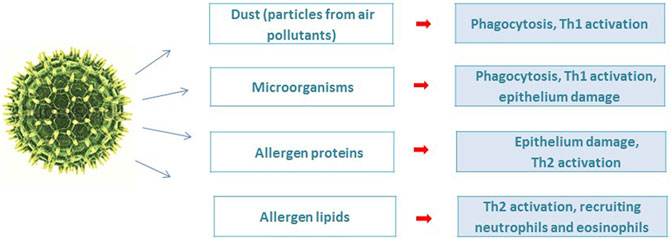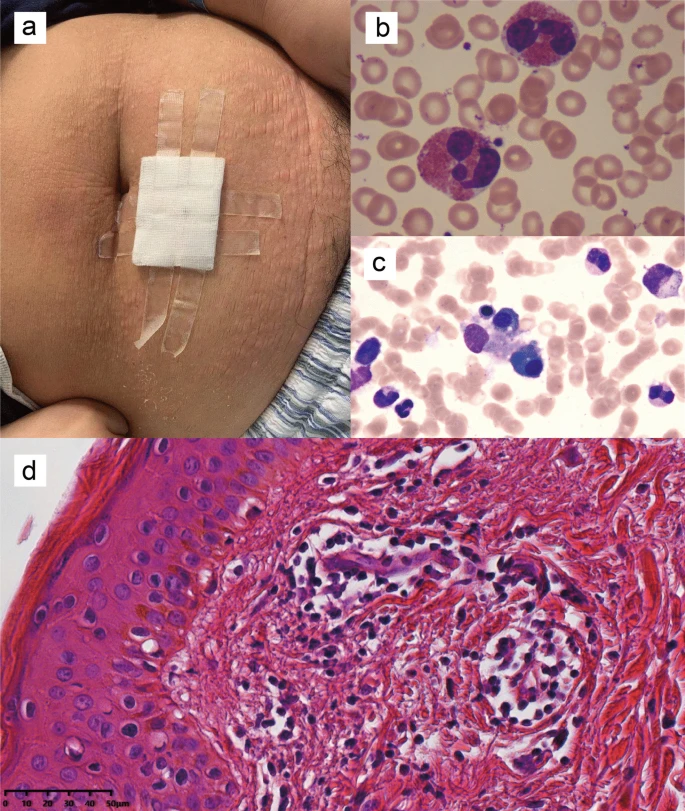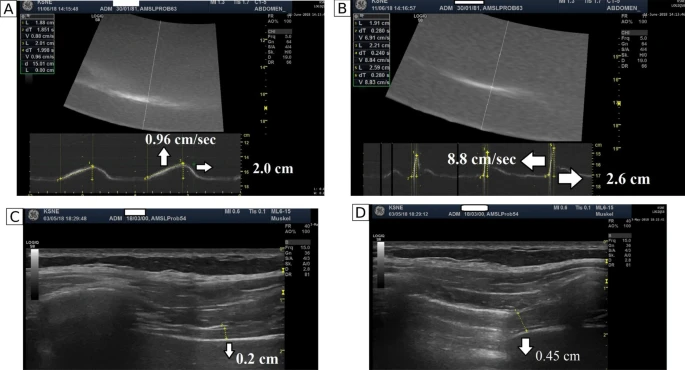Xiaopei Liu, Xue Xiao, Dan Liu & Cong’e Tan. Annals ofMedicine, 54:1, 2078-2088, DOI: 10.1080/07853890.2022.2101689
Abstract
Objective
Eosinophilic esophagitis (EoE) is a chronic, local immune-mediated inflammatory oesophageal disease. Although Budesonide is recommended as one of the first-line drugs for EoE treatment, its efficacy is still controversial in multiple studies. Due to the continuous emergence of new and reliable research evidence in recent years, we updated the meta-analysis using RCT trial results to evaluate the efficacy and safety of budesonide.



 Ekaterina I. Finkina
Ekaterina I. Finkina Daria N. Melnikova
Daria N. Melnikova Ivan V. Bogdanov
Ivan V. Bogdanov Barbara Bohle
Barbara Bohle Tatiana V. Ovchinnikova
Tatiana V. Ovchinnikova


%2010.20.37.png)


